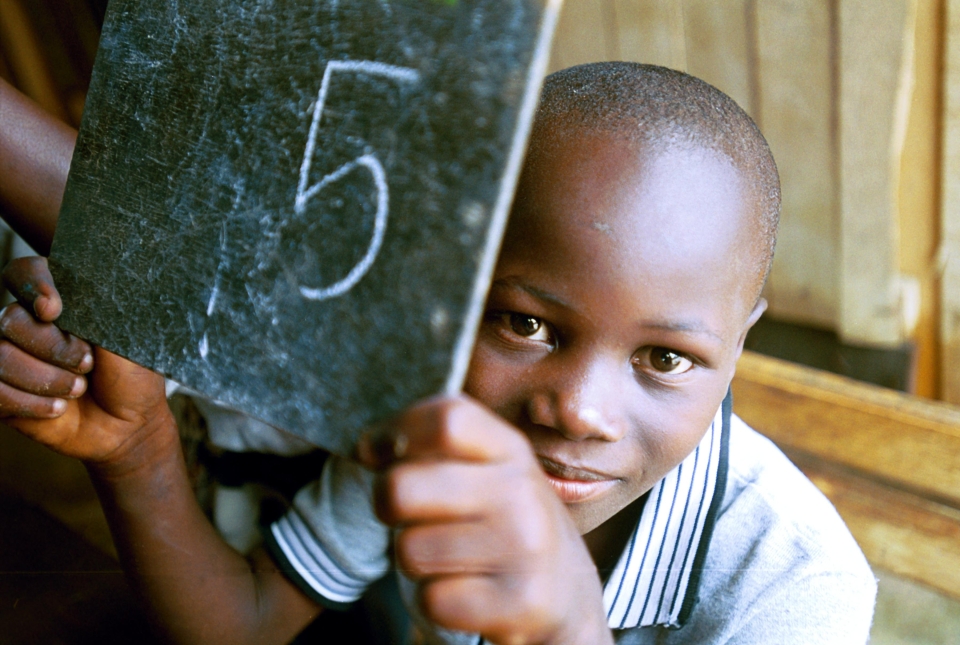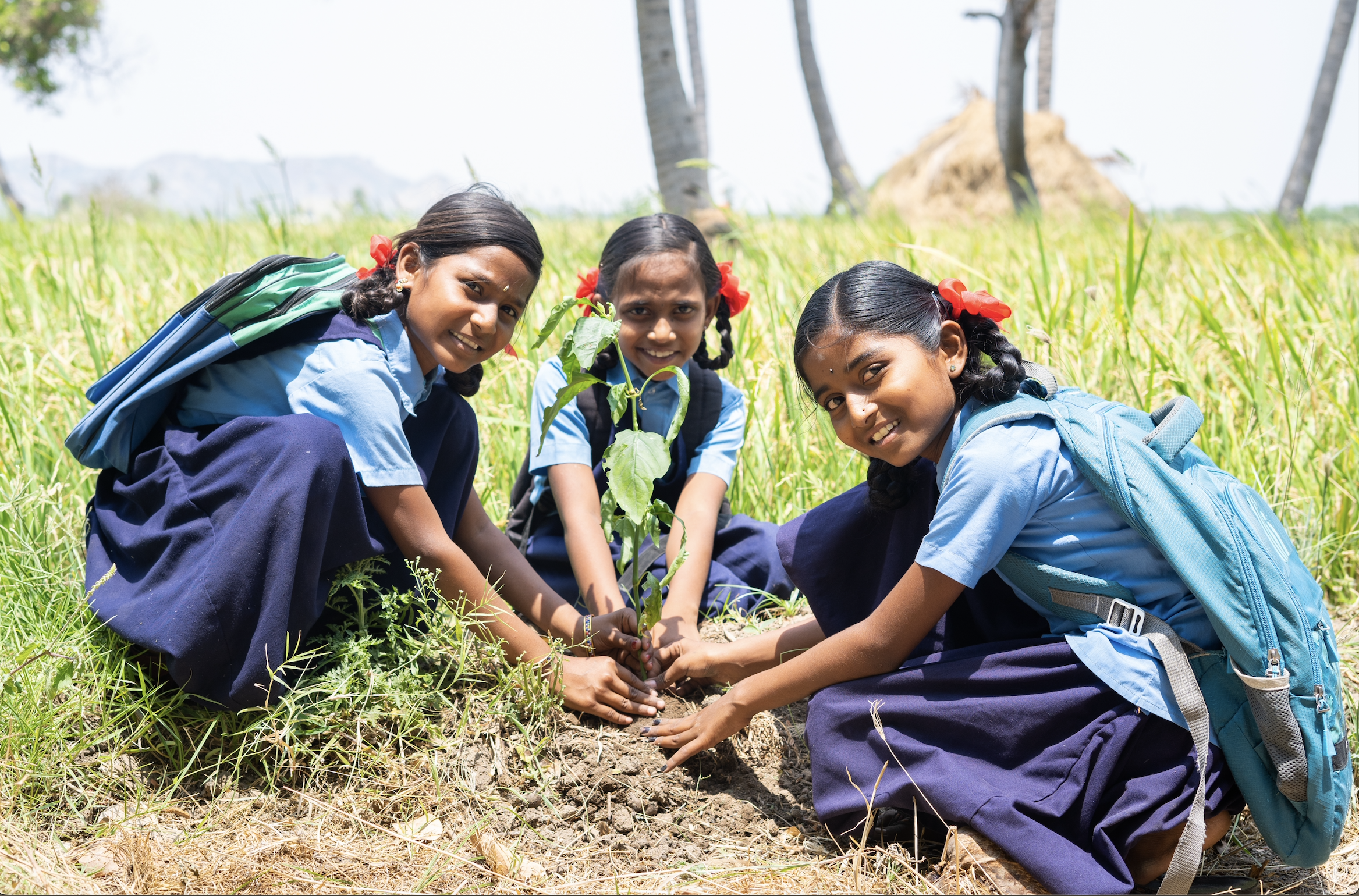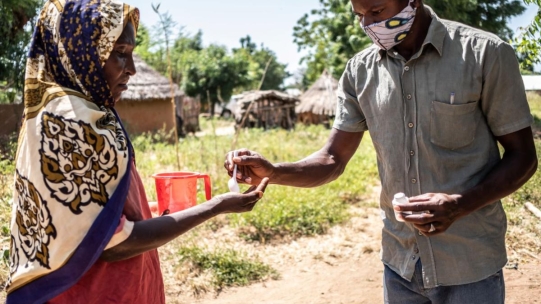Safeguarding children’s rights: The role of business in ending child labour
Read more

Child labour today
Over 160 million children are involved in child labour globally — most of them in dangerous conditions that threaten their health, safety and development. Despite being universally recognized as a violation of children’s rights, child labour persists in many industries and regions.
Growing international awareness and collaboration are driving tangible progress toward a future where all children are protected and free from exploitation. Ending child labour is a key component of the 2030 Sustainable Development Goals (SDGs). SDG 8.7 specifically calls on all stakeholders, including businesses, to take immediate and effective measures to eradicate child labour by 2025. The UN Global Compact firmly encourages companies to align with Principle 1 (respect for human rights) and Principle 5 (abolition of child labour), integrating these key commitments into their operations as part of responsible and sustainable business practices.
Companies have both the influence and the responsibility to lead systemic change across their supply chains and help protect children’s rights globally.

Causes, risks and legal responsibilities
According to the International Labour Organization (ILO), the term child labour refers to work that harms children’s well-being, physical and mental development or interferes with their right to learn, grow and enjoy their childhood.
Its root causes are complex and often context-specific, including poverty, lack of schooling, weak social protection and unfavourable cultural norms. Sectors like agriculture, mining, construction and textiles are especially high-risk due to low wages paid to workers, informal work, fragmented supply chains and limited oversight. Companies may contribute to the issue, even unintentionally, through unclear sourcing networks and cost-driven procurement practices.
A strong legal foundation exists to address these risks, and these frameworks clearly establish responsibilities for both Governments and businesses:
- ILO Convention No. 182 bans the worst forms of child labour such as slavery, trafficking and dangerous work.
- ILO Convention No. 138 sets the minimum age for employment.
- The UN Convention on the Rights of the Child reinforces the global duty to protect every child’s rights.
Companies should integrate safeguards into their management systems to prevent child labour, such as identifying, assessing and responding to risks across operations and supply chains. Eliminating child labour builds more ethical and transparent supply chains, supports at-risk workers and contributes to a stronger, more skilled future workforce — laying the foundation for sustainable and inclusive economic growth.

Why it matters
Taking action to eliminate child labour is not just the right thing to do — it’s a smart business move. Aligning with global standards including SDG 8.7 and the Ten Principles of the UN Global Compact builds trust, strengthens brand reputation, meets ESG expectations and enhances supply chain transparency. Acting now turns ethical responsibility into long-term strategic advantage.
Integrating child rights into business practices
Tackling child labour requires coordinated effort. Businesses must set clear workplace rules, carry out child-specific risk assessments and make sure their supply chains respect human rights at every step. This includes responsible sourcing, regular checks on suppliers and working with communities to fight root causes like poverty and lack of education.
What else can businesses do?
Collaboration is the first step toward tangible action. To promote coordinated efforts, businesses can participate in initiatives such as the Child Labour Platform. They can work with local organizations to develop child protection programmes, launch public awareness campaigns to involve communities and promote access to education and social services. Companies are also encouraged to take relevant training courses to strengthen their ability to address child labour effectively. Tools such as the Children's Rights and Business Principles — developed by Save the Children, UNICEF and the UN Global Compact — offer a comprehensive framework to help businesses respect and support children’s rights across all areas of their operations and relationships.

The urgency for business action
Companies must act in the best interests of children (UNCRC, Art. 3) by creating safe, protective environments where children can thrive. Prioritizing children’s rights across operations and supply chains is essential to eliminating exploitative practices and fostering a fairer, more inclusive economy. Child labour undermines long-term workforce development, leading to under-skilled and unqualified workers, compromising future skill-building and economic growth. Taking action to address child labour not only strengthens a company’s global impact but also boosts investor confidence, fortifies brand integrity, and mitigates legal and reputational risks. Prioritizing children’s rights is not just a moral obligation — it’s a smart business strategy for sustainable growth.
Check out Advancing decent work in business through the UN Global Compact Labour Principles, a high-impact course provided by the UN Global Compact Academy. Through its module, ‘How to support the elimination of all forms of forced and compulsory labour and the effective abolition of child labour’, it equips companies with the necessary tools to turn commitment into concrete action and lead the way in protecting children’s rights.
Now is the time to act. For lasting impact, putting children’s rights at the core of sustainability efforts is the way forward.


